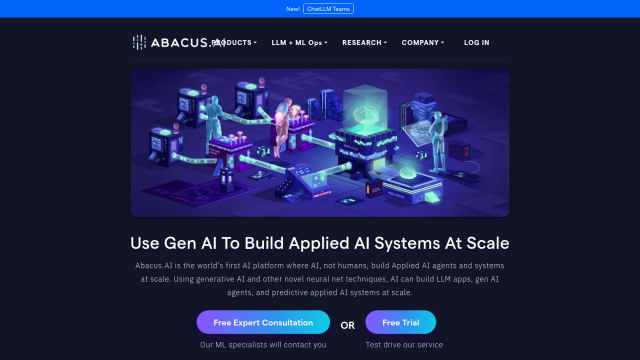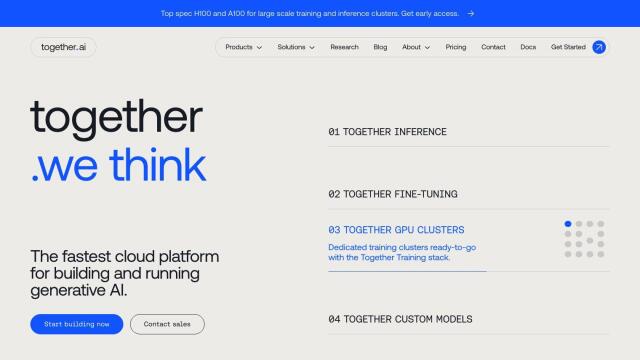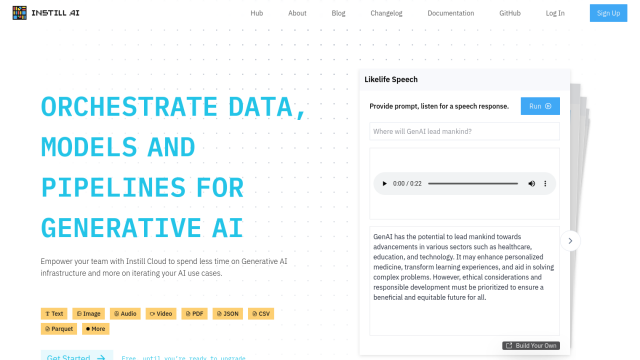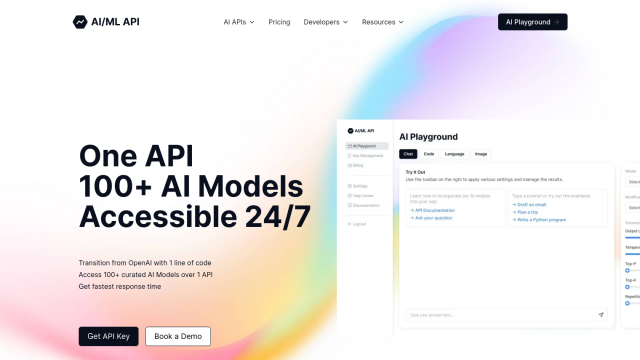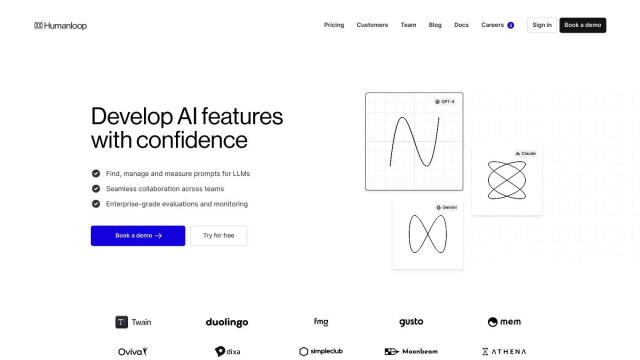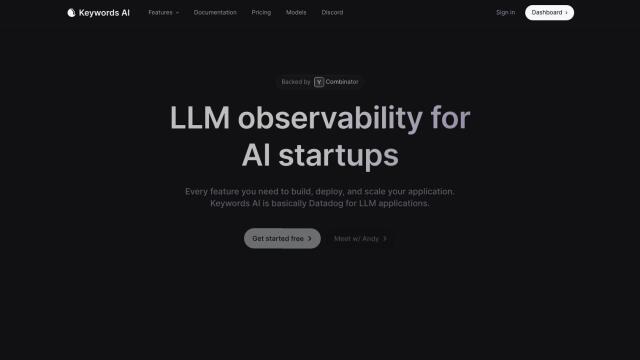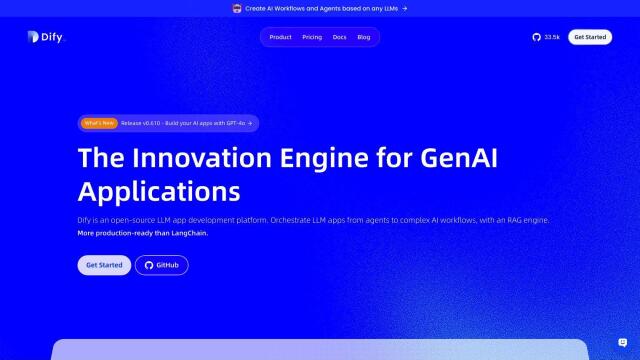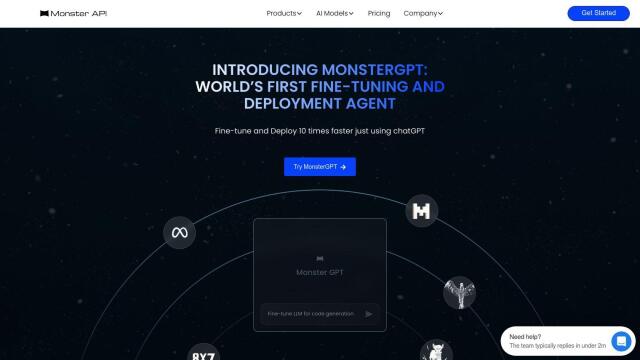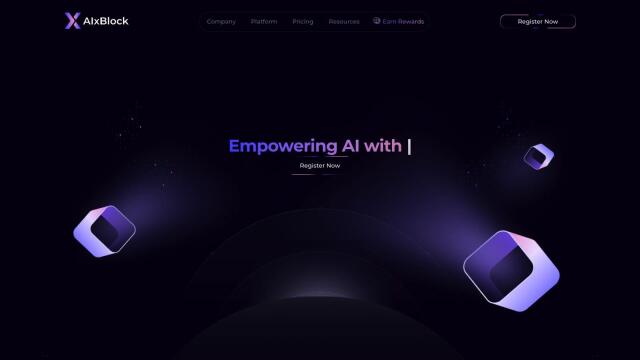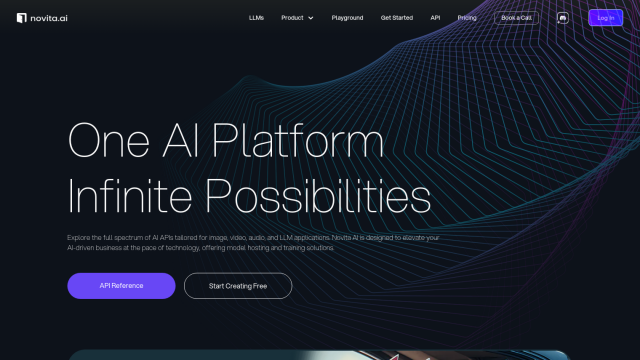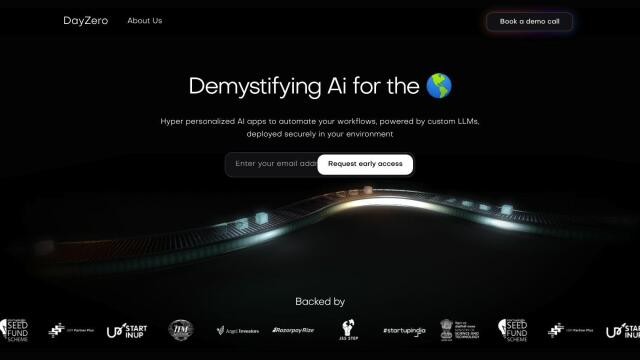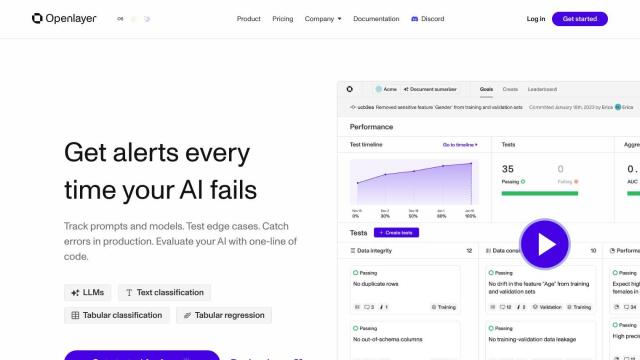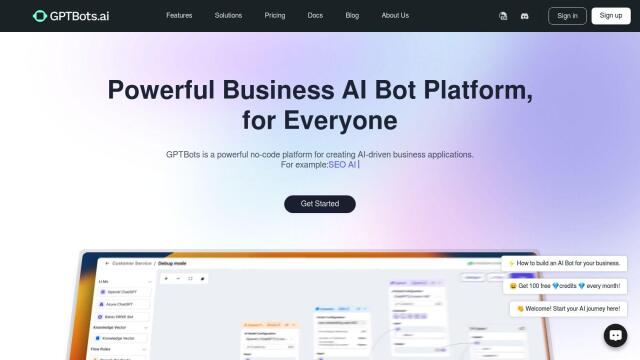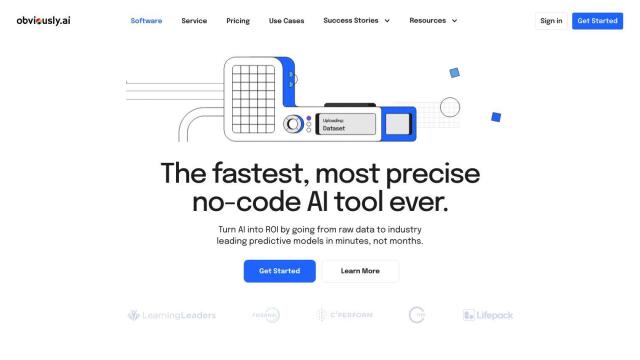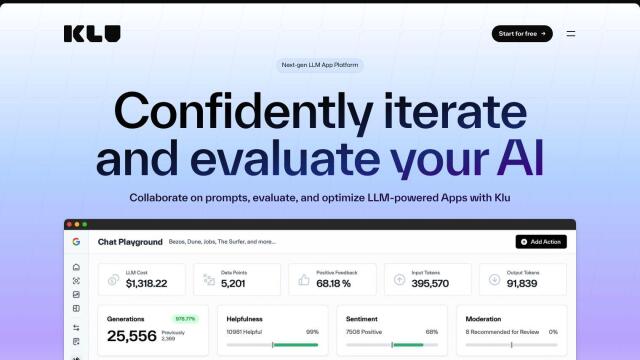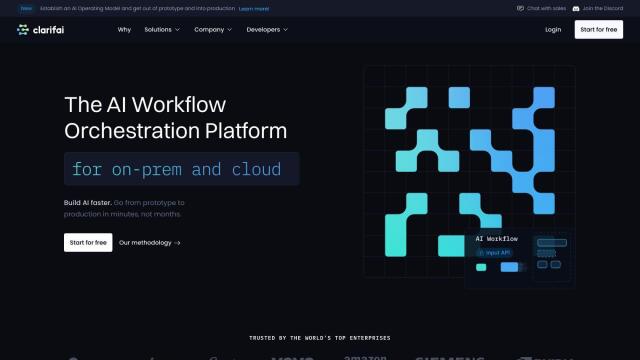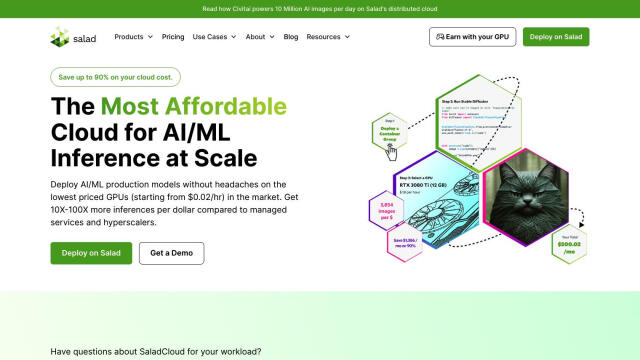Question: I'm looking for a platform that allows me to train machine learning models without expensive hardware or infrastructure costs.
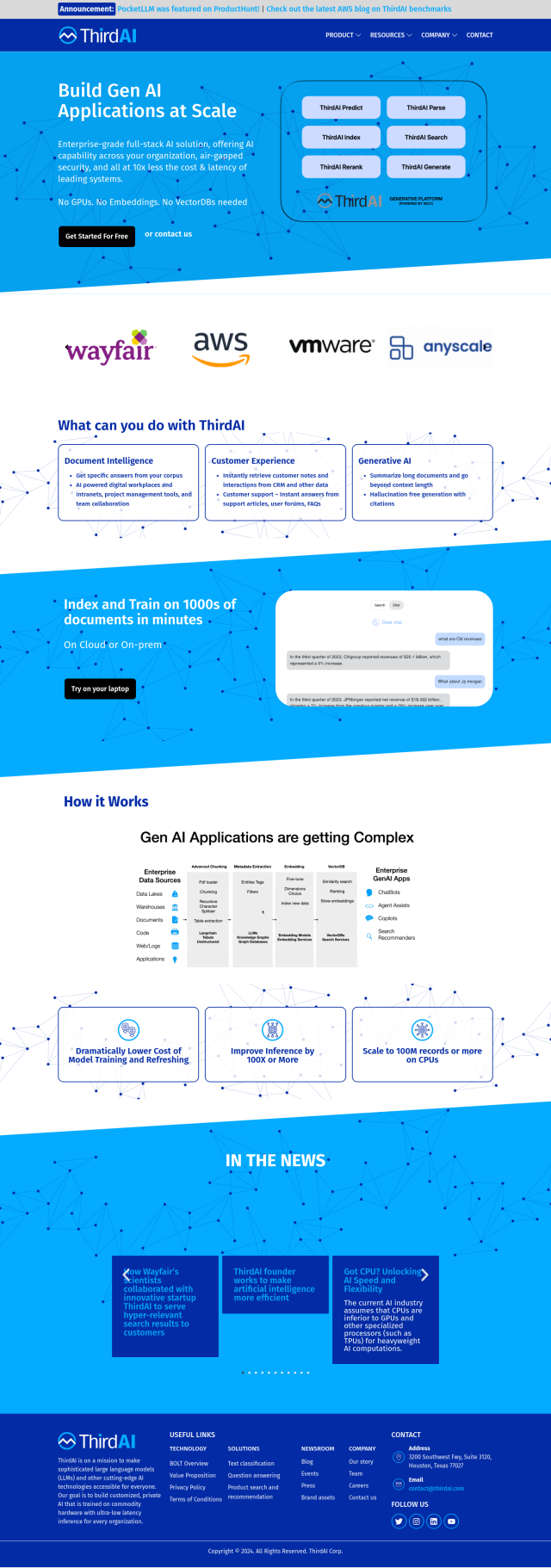
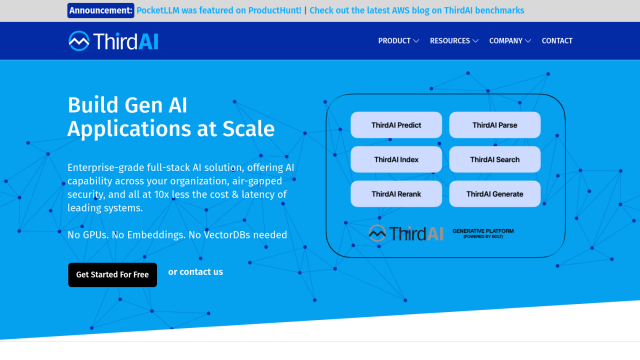
ThirdAI
If you want a platform to train machine learning models without the need for expensive hardware, ThirdAI is a good choice. The platform lets you customize large language models and other AI technologies without graphics processing units (GPUs), tensor processing units (TPUs) or custom application-specific integrated circuits (ASICs). It offers tools for document intelligence, customer experience enhancements and generative AI for summarizing documents. ThirdAI's top performance on benchmark tests means it should be able to slot right into your workflow, and it's available in tiered pricing plans including a basic tier with basic deep learning abilities.

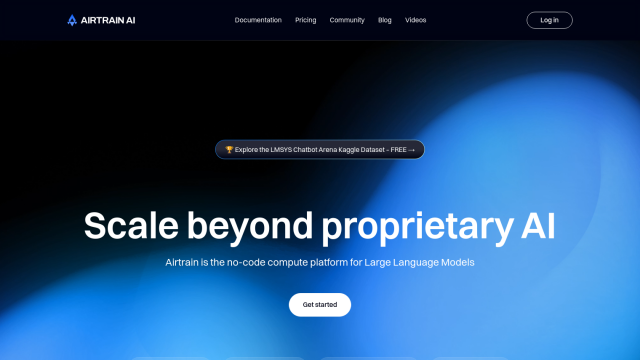
Airtrain AI
Another good option is Airtrain AI, a no-code compute platform for data teams that need to manage large data pipelines. It comes with a lot of tools to work with big language models, including an LLM Playground for testing more than 27 open-source and proprietary models and a Dataset Explorer for visualizing and curating data. Airtrain AI also has AI Scoring for testing models with your own properties and task descriptions. With three pricing tiers, including a free Starter plan, it's a relatively affordable option for quickly testing, fine-tuning and deploying custom AI models.

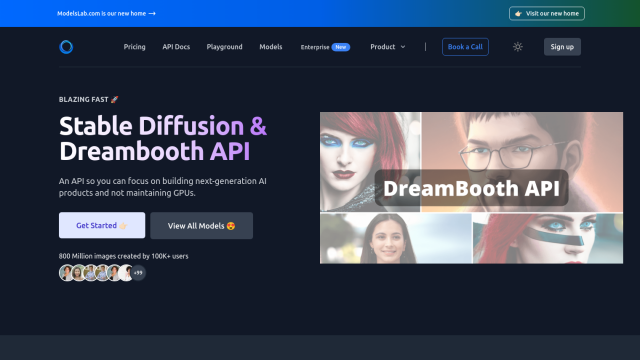
ModelsLab
ModelsLab is another cloud-based service that lets you train and use AI models without having to worry about your own GPUs. It has a range of APIs for different use cases like Text to Image, Uncensored Chat, Voice Cloning and Image Editing. ModelsLab supports a variety of models, including Lora, Dreambooth and Controlnet, and bills by usage with different tiers for image generation and API calls. That means it's a good option for building and training AI models.

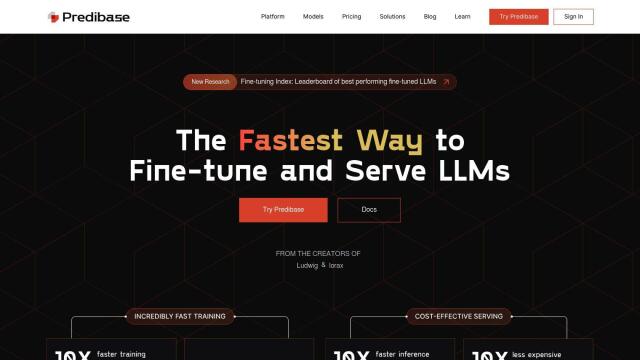
Predibase
Last, Predibase is geared for developers who want to fine-tune and serve large language models without breaking the bank. The service supports a variety of open-source LLMs and has a relatively low-cost serving foundation with serverless inference and enterprise-grade security. Predibase charges on a pay-as-you-go basis with pricing that varies depending on model size and dataset used, so it's a good option for those who want to fine-tune models without the expense of dedicated hardware.

